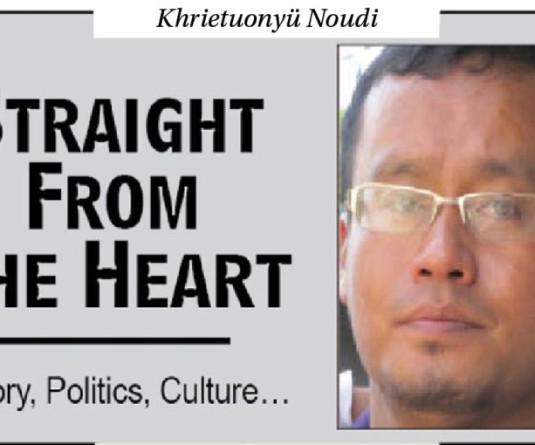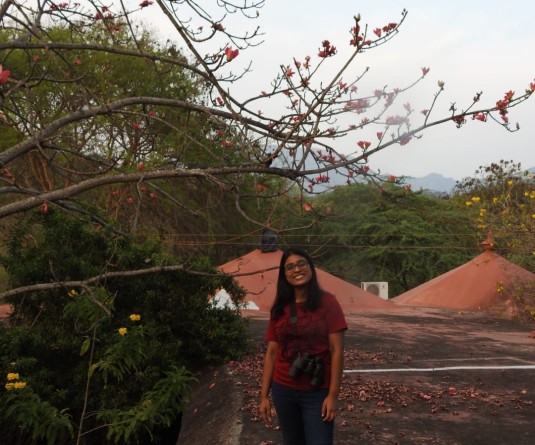
The entire Khiamniungan Naga observes Tsokum festival in the first week of October every year since time immemorial where ritual takes place both at village and jhum fields. This is mainly observed to pray to the Almighty Deity for bountiful harvest and it is a mandatory for every family of the village to perform ritual. On the occasion of the festival animals, like mithuns, cows and pigs are slaughtered to appease their God where rice beer is used in abundance and shares with every one. The Tsokum festival is entertained for over eight days. Each day has separate names and different significance.
Day one: Preparation day of the festival. Where mother or eldest female member of the family draws water and grind rice into a mass of fine dry particles and put into brew vessels mixing with hot water for the purpose of rice beer for the entire period of the festival.
Day two: Arrangements like collection of firewood, banana leaves and vegetables are kept ready specially rice beer by mixing water and store full of brew vessels. Besides this, domesticated animals like mithun and cow have to be tethered to a post to be butchered the day after.
Day three: Well-to-do families within the village butcher their pigs and offer a piece of portion with blood and liver to relatives and neighbours. The priest performs ritual before sun rises and come back to villages before the other villagers started going to their jhum field for the same. The main ritual takes place at Altar called “Vioying” which is set up just above field-hut by folding the leaves of the food grain and by fastening together the edges of the leaves. Whereby, the leaves of the food grain are kept beneath the ground at the altar and thereby the farmers or the eldest male member of the family will slice out a little portion of the liver and place at the altar by invoking to the almighty to overcome all hurdles and barriers. And further invoke the blessing of the almighty for the new harvest. On their returning, rice beer will be shared with every body and gather at appointed location and partake of the food and breweries. On reaching home, little rice beer should be brought to sprinkle on the main pillar of the house.
Day four: The day for slaughter of mithun or cow. A good-looking outhsa-tree also known as “Memeipai” is erected nearby the corner of the house for ritual. This is performed by warriors and elderly man in traditional ceremonial dresses using leaf-mug containing esculent root, ginger and grains by laying upon the slaughtered mithun by invoking blessing from almighty, saying if we cultivate ginger; let it be like your ear; if we cultivate corn let it be like your plume. In addition to this, they will reveal their origin and ancestors and count their hunted trophies and sprinkle rice beer over the erected tree and mithun by praying you are the price of truth and sweat of mine, departed from us without looking back, if there is enemy of us, crush with your hoof, if there is enemy of us hit out with your head and horn, the envious against us be chewed and swallowed and go, when there is external force in the south defend us with your ears, when there is violent disturbance in the north, strike out with your tail etc.
Day five: This day is observed by honouring of each other and every household prepares the best feast and shares it with friends and relatives. Male folks are together in the murong sucking rice beer where as young boys and girls are grouped in machang sharing foot items, telling folktales and chatting etc.
Day six: Removing of the “Memcipai” which is erected for ceremonial purpose and spent the day in cleaning the village and house.
Day seven: All the male folks of the village undertake community works like construction and improvement of roads, repairing of bridges connecting the village with other neighbours and also roads leading to their jhum fields.
Day eight: This is the starting day for every family to go to their paddy fields with meat which has been kept separately for the final day after performing ritual on the third day of this Tsokum Sumai.
Chonta Khiamniungan
General Secretary,
Khiamniungan Union, Kohima





